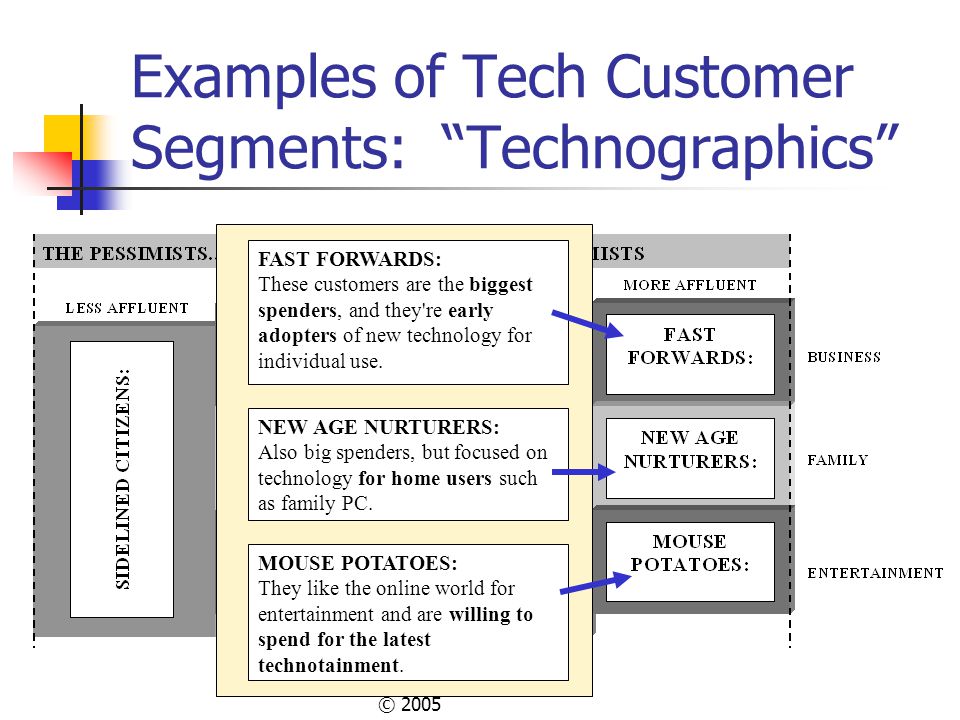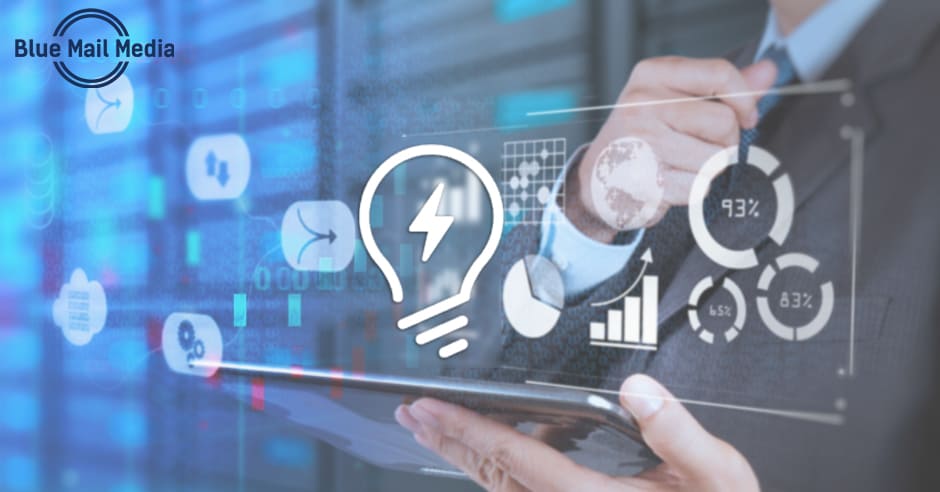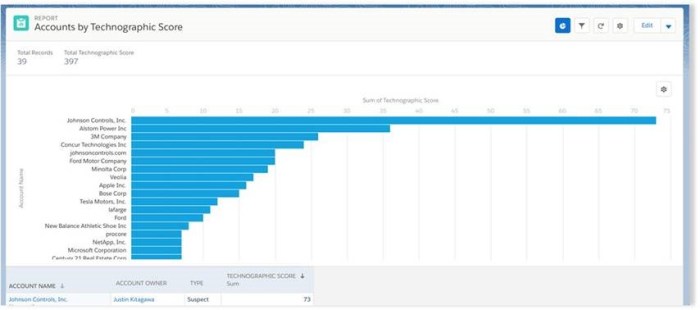We’re living in an era where digitization is happening at a fast pace. 70% of companies have already deployed a strategy for digitizing their business processes, which presents a great opportunity for product and service providers in the technology space.
If the tech product or service providers can figure out the challenges companies face in their digital transformation journey, they can not just reach out to those buyers with targeted marketing but also boost their own sales by meeting the right buyers.
That’s why the knowledge and the right use of technographic data are important. Here’s how B2B businesses can use this data to boost their sales efforts.
But first of all, let us understand some basics about technographics.
What is Technographic Data?
Technographics is a new approach to developing market research that gives businesses a detailed understanding of the technologies used by their prospects. With the help of technographic data, the following information about the prospects can be obtained.
- The hardware and software used by the prospects, their marketing stack.
- How are the technologies used in their organization?
- When were the technologies incorporated in their organization?
Some of the world’s leading technology companies today use technographic data and the insights backed by it to gather more information on the technology adoption behaviors of their target accounts. With this information in hand, you can:
- Target with precision.
- Develop better sales models and forecasts.
- Have more informed and relevant conversations.
- Outgrow and out-market your competitors.
Why B2B Businesses Need Technographics?
With the help of technographic data, B2B Marketers can improve their targeting practices, marketing messages, outreach, and campaigns to enhance their lead generation and prospecting.
Technographics help B2B businesses in the following ways:
- Determine the right accounts in need of specific tech products/solutions.
- Determine how much money an organization is willing to spend on technology.
- Determine when the prospect might need a new tech solution.
- Optimize marketing messaging based on the technology-buying behaviors of target customers.
- Prioritize sales team’s efforts based on prospects’ inclination to buy a particular technology product
- Uncover new opportunities by targeting competitor’s customers.
- Upsell on third-party technologies buyers have already invested in.
- Maximize cold calling efforts.
How Do Organizations Collect Technographic Data?
There are different methods of technographic data collection, depending on the source. It is very important to choose the right method as it can impact data quality.
1. Surveys
Several companies use the phone and email survey method to ask their prospects about the technologies they use in their organization. It is a good method to obtain insights, but it is not scalable.
2. Scraping
With the help of scrapping tools, a website’s source code is scoured to determine the types of technologies being used. However, with data scraping tools, it is only possible to gather information about the specific types of software the website owner uses; the information about the company’s hardware stack cannot be obtained. The advent of NLP has improved the accuracy of scraping.
The most common sources used for scarping technographic information are:
- Company reports
- Company websites
- Job listings
- Social media posts.
3. Data Marketplace
Though the above sources are primary data collection methods, asking prospective customers too many questions about their technology stack may come across as quite intrusive, and scraping requires significant computing resources. It is for this reason,
Many businesses reach out to data marketplaces to purchase b2b data when they need external data to improve business functions.
A great benefit of this approach is that the data is optimized for the use of external organizations, and it comes with extensive metadata to enable data processing.
How is Technographic Data Useful for B2B Businesses?
Now that we are well-versed with the basics of technographics let’s take a look at some of the use cases of technographic data.
1. Customer Segmentation
By profiling the existing customers, a bigger picture of their technology stack, tools, and even spending capacity can be obtained.
For example, if your prospects use marketing automation software, such as MailChimp, Hubspot, or Omnisend, it indicates the following things:
- Which brands they have an affinity with
- How much they are spending on marketing.
- Their company size.
- The sophistication level of their marketing and technology teams.
With these insights, you can analyze the prospects’ needs and challenges.
You can even group or segment your customers on the basis of the type of software they are using – cloud-based or in-house. Companies using cloud-based software will be more tech-savvy and want to have flexible, robust stacks.
However, the companies using in-house software indicate that they may require a complete upheaval of their technology to be more competent and market-ready.
Although these are just assumptions, they are very helpful in understanding the customers better. The below image illustrates how customers are segmented based on technographics:
Source: Slide Player
2. Account-Based Marketing (ABM)
Account-Based Marketing or ABM has become one of the most effective strategies used by B2B businesses today. ABM enables B2B businesses to establish deeper relationships with contacts at their target accounts, and technographic data is the key driver of this approach.
By understanding prospects’ motivations and logic behind their technology selection, B2B businesses can better understand their customers’ needs and build a bridge between the needs and the solutions.
When the businesses know who to target, engage with and reach out to, they are better positioned to find opportunities, prioritize accounts, and personalize communication when managing accounts.
The below image explains how accounts are created based on the technographic data.
3. Personalized Communication
With the analysis of technographics data, marketers can optimize the entire inbound marketing funnel and customer journey for lead nurturing and convert them into customers. They can customize their content to fit the technology stack of the target customers, making it more relevant to them.
What journey you take your customers on would depend on the technical data you’ve obtained.
For example, if a customer is not using a particular tech solution, then educating them on the benefits of such a solution will be needed.
If a customer uses a competitor’s product/service, you will focus on explaining how your solution is better.
4. Technology Intelligence
Combining the insights from technographics and other data models allow organizations to have a deeper understanding of their competitors’ and clients’ technology-use behavior.
5. Competitor Analysis
Technographics can help identify your main competitors, including what vertical they plan to target next. Study their techno-marketing strategy and identify new markets and new market opportunities
6. Enhanced Customer Satisfaction
As per statistics, less than 25% of companies excel at offering a great customer experience.
Technographics help businesses deliver better CX by helping B2B Marketing and Sales teams engage with the right accounts, create marketing messages that have more potential to drive prospects, customize offers based on prospects’ current technology use.
Wrap Up
In a world driven by data, using technographic insights gives you a clear competitive advantage. Whether you’re seeking to improve your sales intelligence or simply trying to better understand best practices around customer acquisition, technographic data can be a game-changer for your B2B business.


